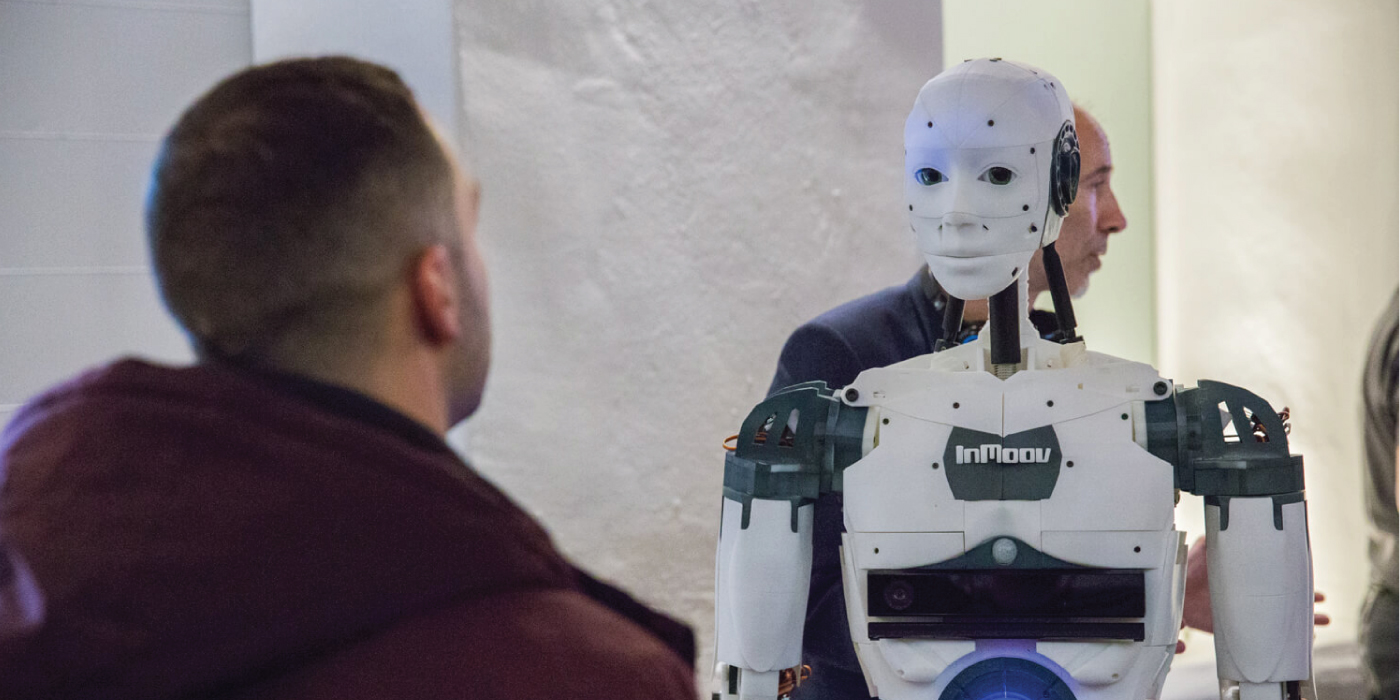Safety through simplicity
The Fearless Comfort System is a sensory alarm that detects accidents in the homes of some of society’s most vulnerable people who wish to live in their preferred environment. Its uncomplicated design and concept illustrates the importance of simplicity when creating a commercially viable product.
A major issue with integrated panic buttons is that if the wearer loses consciousness as a result of a trip or a fall, they are not able to activate the alarm. The team behind the Fearless Comfort System, also found that much of their target market would either refuse or forget to wear an integrated sensor. They developed a contactless sensory system which could be installed in the home and raise the alarm when it detected any serious deviations of behaviour from the primary end users, as coordinator Michael Brandstötter explains: “It sends out an infrared pulse and measures the travelling time of the infrared signal and based on this we can reconstruct the living area. It’s easy to install and compared with other solutions it’s straightforward and cheap.”
-
Perfecting the business model
Brandstötter and his team came from a security and surveillance background, and they are just one of the many groups that have received AAL Programme funding in order to realise their product. “The AAL Programme’s support was essential, and without it we wouldn’t have been able to put so much effort into testing and development.” Besides funding research and development, AAL Programme is now providing support for the business development of their product via the AAL2Business support action. “We are very happy to get this support from AAL Programme and it is helping us a lot to finalise our business model for the Fearless system”
Fearless tested their product in a community of flats for the older adults, and then teamed up with Toyota Motor Europe’s Production Engineering Advanced Technology Department with a view to taking their product to market. However, it hasn’t all been plain sailing for Fearless. “One draw back at the moment is that the market is quite volatile. There are a lot of companies entering this market and there is not yet a very broad supplier base for these 3D devices,” says Brandstötter.
-
Creating a viable product
Brandstötter has some pragmatic advice for those seeking to work in the sector. “It’s best when these projects are driven by companies and they can see some business opportunities in it. You can do it from a research point of view, but is it really a viable product? You need a technology which is not too complex or expensive from an installation point of view.”
Main Contact
Michael Brandstötter
Tel: 0043 1 2360580
Email: brandstoetter@cogvis.at
Web: www.cogvis.at and www.fearless-project.eu
This is how we help projects delivering social innovation!
We, at the AAL Joint Programme, are seriously committed in helping our projects to go to market so that they can deliver for the good of individuals, society and economy. This is social Innovation.




